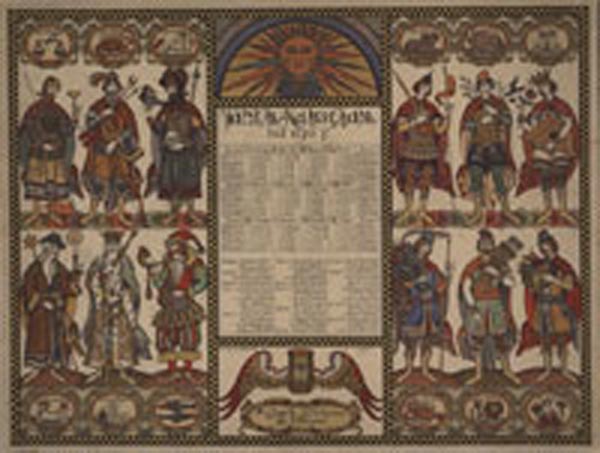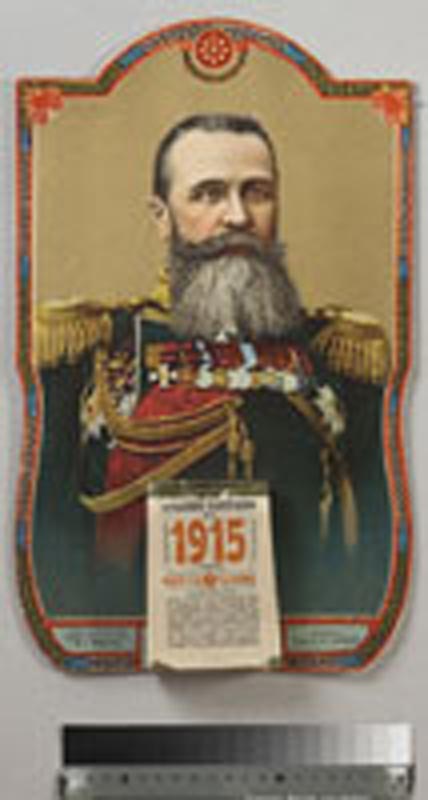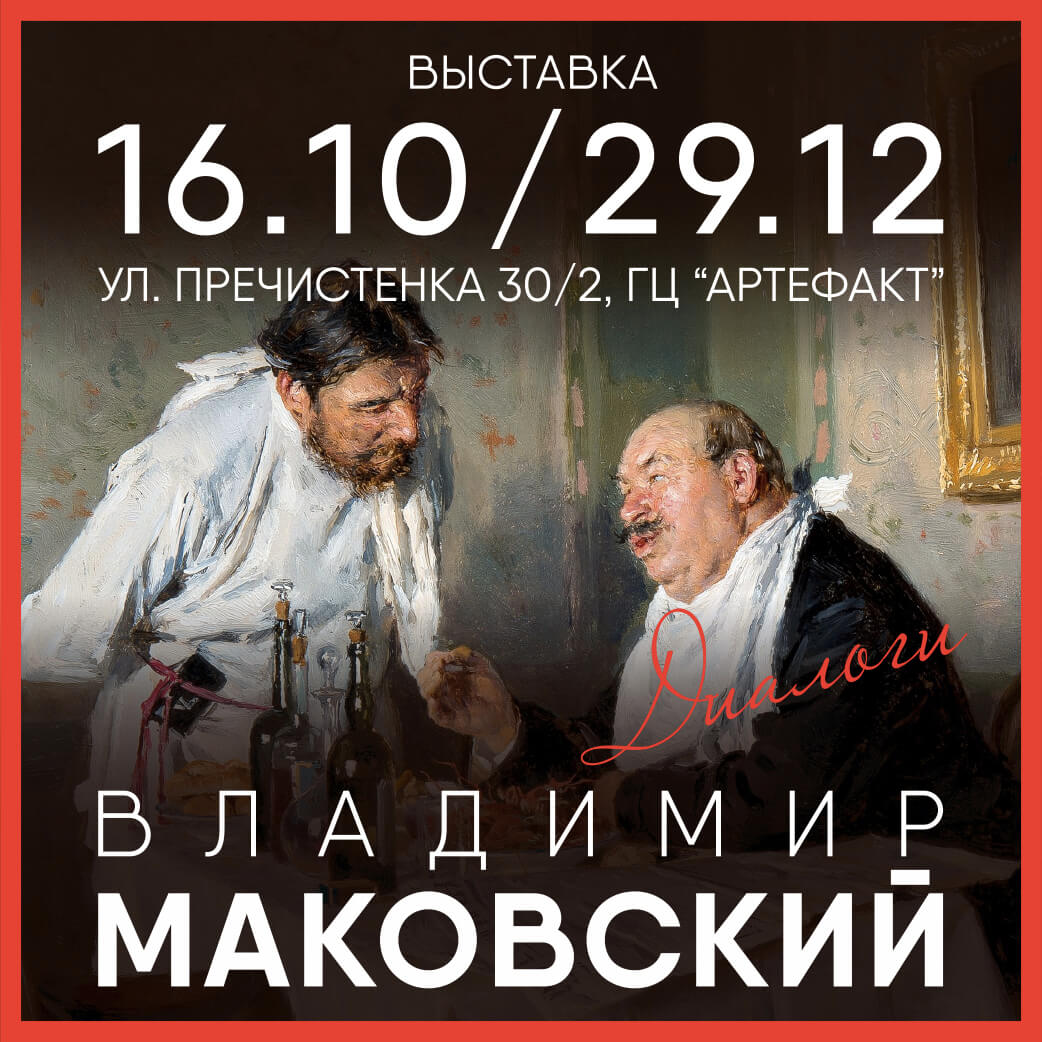"Playing time: Three Centuries of Russian calendar" in the Peter and Paul Fortress
The exposition brought together over 350 exhibits - calendars XVIII - XXI century and the clock XVIII - XX centuries
| |  Source: Source: |
in the Neva Gate of the fortress opened an exhibition about the history of calendars in Russia "Playing time: Three Centuries of Russian calendar. The exposition brought together over 350 exhibits from the collections of the State Museum of St. Petersburg, Russian National Library, the Library of the Academy of Sciences and the National Museum of the History of Religion. It includes calendars XVIII - XXI centuries. The exhibition items are also of direct relevance to a count of time - hours XVIII - XX centuries.
The first Russian printed calendars have appeared in the reign of Emperor Peter I. Counting down the days in the year they began on January 1. It was determined by imperial decree in 1700, on which New Year celebrations in Russia was transferred from the traditional September 1 January 1. The exhibited artifacts tell us about three hundred years history of the Russian calendar. Among them you can see the first Russian calendar - published in 1709, "Bruce calendar. He was named after the companion of Peter I of James Bruce, oversee its preparation. The first edition of Bryusova calendar "was printed in the civil Moscow print shop. Has survived three full copies of the publication. Sheets of one of them stored in the Library of the Academy of Sciences, demonstrated at the exhibition. "Bruce calendar" was reprinted several times until the beginning of XX century.
| |  Source: Source: |
This calendar has won popularity thanks to an extensive section with tips and astrological predictions. With his help predict the weather, know when to do planting and harvest, and even make predictions on the outcome of military campaigns. The first edition contained predictions for 112 years from now until 1821. In reissues since Elizabeth came to the sections of "private" predictions, which, starting from the date of birth, one could learn the future of a particular person.
XVIII and the first half of the XIX century represented in the exhibition calendar printing Academy of Sciences, which had a privileged right to print them. Among them are significant quantities of mesyatseslovy - calendars, which outlines all neperehodyaschie church holidays. The exposition will mesyatseslovy used by their owners as the original diaries. On them we can see the handwritten notes holders, such as this: "The 1826 March 26 day inoculated cowpox son Michael Dr. Peter Ivanovich Sinittsynym».
In the second half of the XIX century calendars were produce many reputable publishers, including publishers Hermann Hoppe, Alexei Gattsuka, Alexei Suvorina, Ivan Sytina. Calendars have become increasingly diverse in type and form. Published as expensive colorful edition and modest pocket calendars. There appeared wall, table, tear, "eternal" calendar. Equally diverse were their specialty. Issued ladies, children's calendars, calendars for doctors, lawyers, diplomats, memorable anniversary calendars. See a variety of calendar products are available at the exhibition.
| |
special attention in the exhibition calendar collection deserves the walls of the second half XIX - first half of the twentieth century from the GMI St. Petersburg and MFN. Wall calendar (or calendar boards) were designed for attaching tear-off calendar. They represented artistically decorated sheet of paper or cardboard. Originally on the walls was reproduced specifically for them by drawings, but since the 1930's, their design has been reduced to reproducing paintings and photographs. Until recently, such as a wall calendar can be seen in many homes. Only in recent decades they have mostly lost their relevance.
Many calendars and wall calendar were created based on sketches by famous artists. On display are such works executed Ostroumova-Lebedeva Anna , Boris Kustodiev , Ivan Bilibin , , Kuzma Petrov-Vodkin , Vladimir Sterligov .
Among the exhibits and the famous Calendar of Leo Tolstoy, published in 1909 and contains the sayings of the great writer on each day of the year - a real rare book: because of scandalous content, he immediately got in List of banned books, and the entire edition was confiscated. In particular, in the pages of this calendar were negative judgments of the writer of the autocracy, the Russian Orthodox Church, the private ownership of land.
vividly reflected in the calendars of events in Russian history have found the first half of the twentieth century: the October Revolution, Civil War, World War II. One characteristic of this period exhibits at the show - "What the Russian Revolution, edited by Vladimir Burtseva, c texts by Leonid Andreyev, Alexander Kuprin, Anatoly Lunacharsky and illustrations by Ivan Bilibin, Boris Kustodiev, Eugene Lancere , etc.
next to the calendar is a collection of hours of XIX-XX century, production in England, Russia, USSR, Switzerland : floor, table, wall clocks, mantel clocks, watches and pocket watches, men's and women's, calendar clock, combining the functions of the reference days per year and time in days.
exhibition will run until 1 March 2011.
Source:
Permanent link to:
https://artinvestment.ru/en/news/exhibitions/20101231_calendar.html
https://artinvestment.ru/news/exhibitions/20101231_calendar.html
© artinvestment.ru, 2025
Attention! All materials of the site and database of auction results ARTinvestment.RU, including illustrated reference information about the works sold at auctions, are intended for use exclusively for informational, scientific, educational and cultural purposes in accordance with Art. 1274 of the Civil Code. Use for commercial purposes or in violation of the rules established by the Civil Code of the Russian Federation is not allowed. ARTinvestment.RU is not responsible for the content of materials submitted by third parties. In case of violation of the rights of third parties, the site administration reserves the right to remove them from the site and from the database on the basis of an application from an authorized body.


